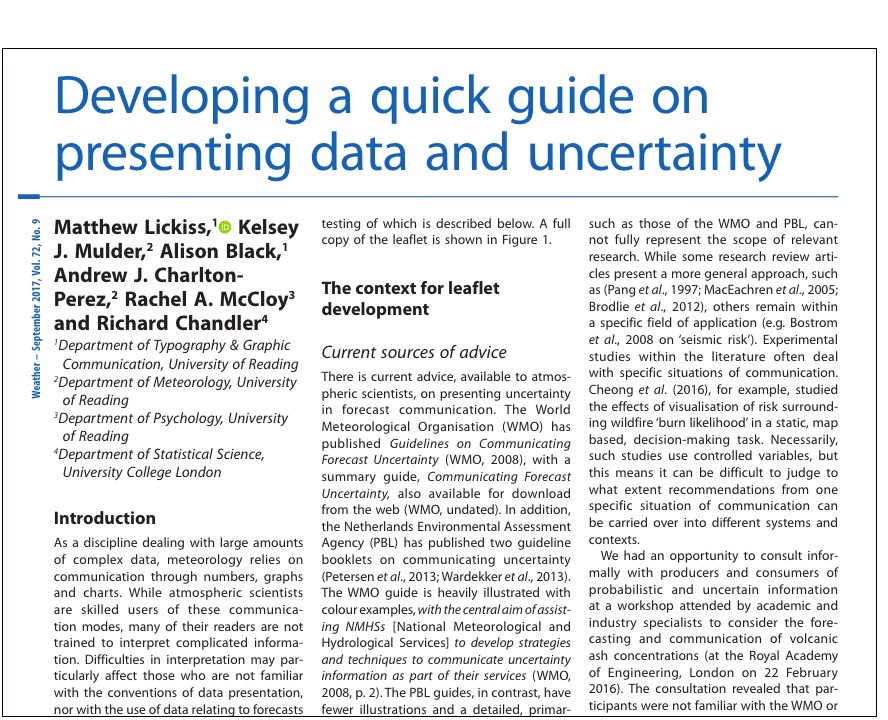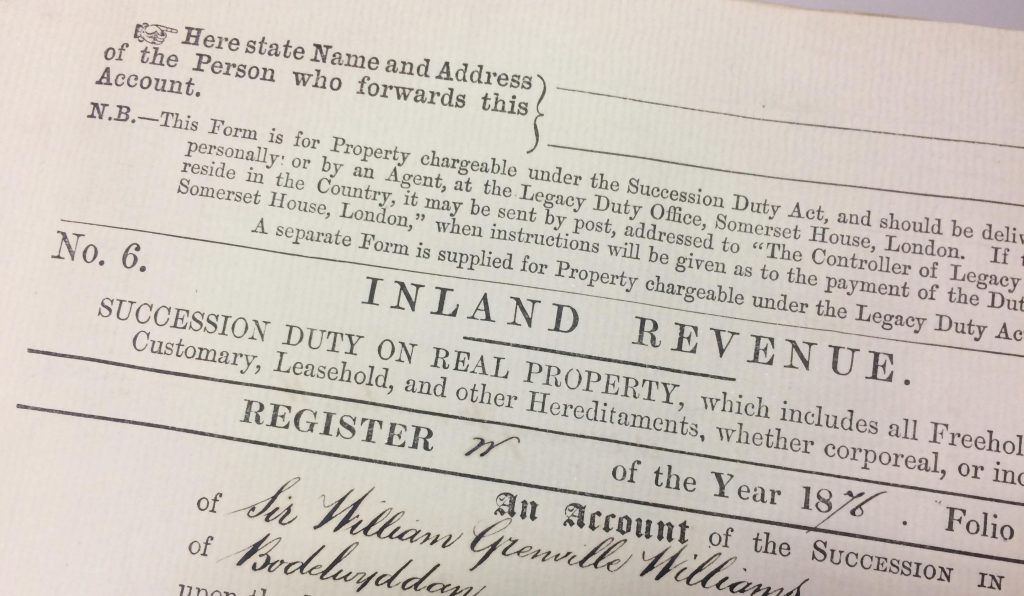A new research project funded by the Arts and Humanities Research Council (AHRC) begins today. Colleagues in Typography, Architecture and Pharmacy at Reading, and in Human Factors at Loughborough, are working with a science communication agency, Design Science and the Day Lewis pharmacy chain to ‘improve the knowledge and understanding of Anti-Microbial Resistance (AMR)’.
The project introduces the idea of ‘persuasive space’ which brings together the use of space in document design and the use of space in interiors (in this case community pharmacies) as mechanisms for engaging people with AMR.
In discussion with pharmacists and clinicians we will select aspects of AMR that are relevant to people’s everyday lives and seek ways for effective explanation, such as
– How to reduce antibiotic misuse
– How to raise the awareness of handwashing and ensure it is done effectively
– How to help prevent the spread of specific infections, for example, tuberculosis
We look to the past for inspiration, using material from Typography’s world-leading Lettering, Printing and Graphic Design collections. We have been inspired by Otto Neurath’s work using public spaces to engage people with information, including a series of charts about the prevention and treatment of TB for the National Tuberculosis Association in the USA in the 1930s. Nineteenth- and twentieth-century printed ephemera about microbes and hygiene will provide additional routes to understanding past approaches to public engagement with science.
The project has ambitious outputs, including a competition where teams of architects, information designers and pharmacists will work on prototypes for the use of persuasive space in a community pharmacy. The winning solution will be installed in a Day Lewis pharmacy and we will elicit feedback from pharmacy workers and customers. We are also planning an exhibition to display archival material, along with the competition entries.
Information Design and Architecture in Persuasive Pharmacy Space: combating AMR [IDAPPS] is funded by the Arts and Humanities Research Council (AHRC) from November 2017 to December 2018. Contacts: Prof Sue Walker (PI) s.f.walker@reading.ac.uk; Prof Flora Samuel (Co-I) f.b.samuel@reading.ac.uk; Dr Rosemary Lim (Co-I) r.h.m.lim@reading.ac.uk; and Prof Sue Hignett (Co-I) S.M.Hignett@lboro.ac.uk



 Jeanne-Louise Moys represented CIDR at the recent E-READ ‘Books and screens and the reading brain’ in Vilnius. The conference engaged with an exciting range of research into reading across different platforms, genres and contexts.
Jeanne-Louise Moys represented CIDR at the recent E-READ ‘Books and screens and the reading brain’ in Vilnius. The conference engaged with an exciting range of research into reading across different platforms, genres and contexts.



